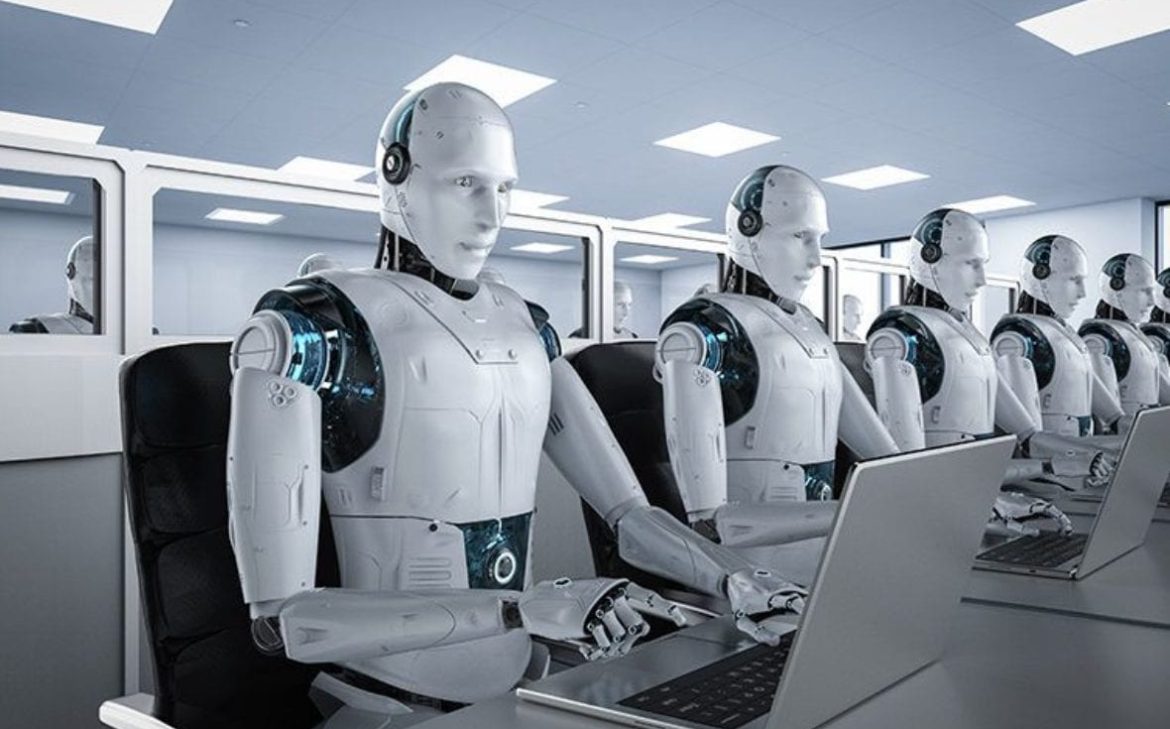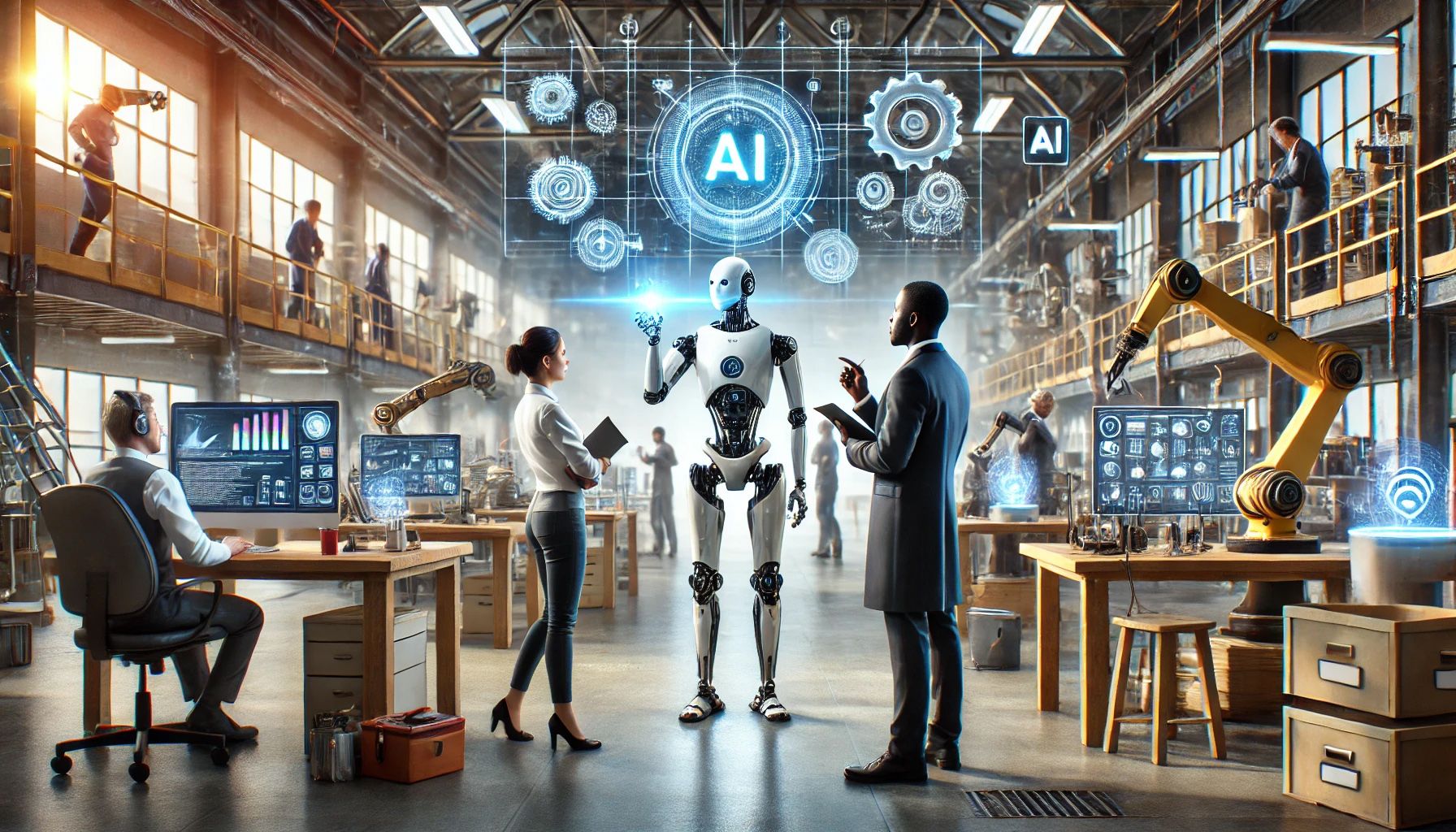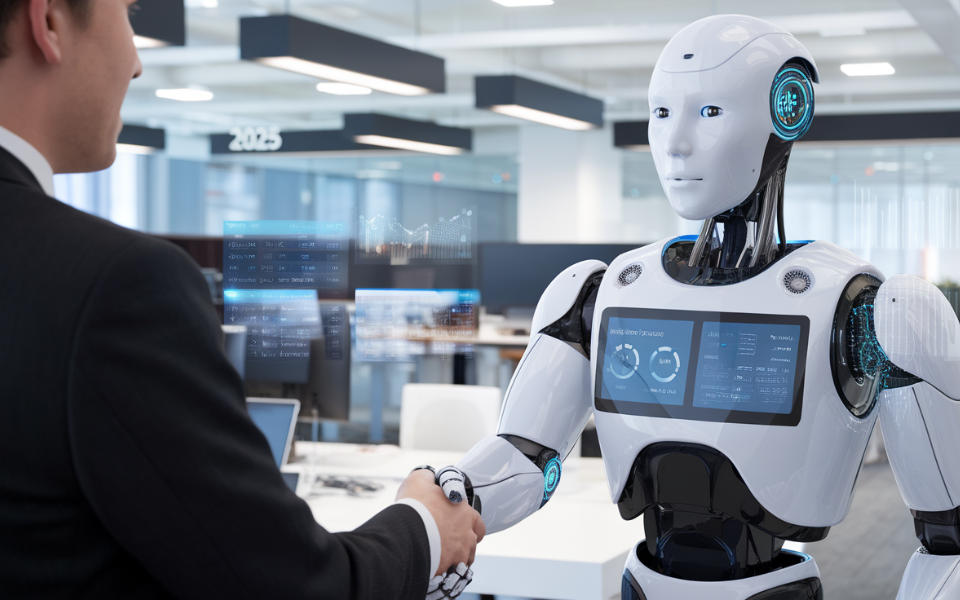Artificial Intelligence (AI) is revolutionizing industries worldwide by automating tasks, streamlining workflows, and transforming the nature of work itself. Understanding the applications of AI and job automation is crucial as organizations and individuals adapt to a rapidly changing economic landscape.
What is Job Automation Through AI?
Job automation using AI involves leveraging algorithms, machine learning, and robotics to perform tasks that traditionally required human intelligence. These technologies are capable of learning from data, making decisions, and even interacting with humans, reshaping how jobs are performed across sectors.
Key Applications of AI in Job Automation
Manufacturing and Industrial Automation
AI-powered robots are widely used in factories to handle repetitive, dangerous, or precision-based tasks such as assembly, quality control, and packaging. Predictive maintenance systems also use AI to anticipate equipment failures and reduce downtime.
Customer Service
Chatbots and virtual assistants use natural language processing (NLP) to handle customer queries 24/7, reducing the need for human support staff. These tools improve efficiency and response times while freeing employees for more complex tasks.
Healthcare
AI assists in diagnostic imaging, personalized treatment plans, and administrative work. Automation tools help with scheduling, billing, and patient data management, allowing healthcare professionals to focus more on patient care.
Finance and Banking
AI algorithms are used for fraud detection, risk assessment, algorithmic trading, and customer service. Robotic process automation (RPA) handles routine financial tasks like invoice processing and account reconciliation.
Transportation and Logistics
Self-driving vehicles, route optimization, and smart inventory systems are examples of AI-driven automation in logistics. These technologies improve delivery speed, reduce costs, and increase supply chain efficiency.
Human Resources and Recruitment
AI tools scan resumes, schedule interviews, and even assess candidate fit through predictive analytics. This streamlines the hiring process and reduces unconscious bias when used responsibly.
Agriculture
AI systems automate crop monitoring, pest detection, and irrigation, improving yield prediction and sustainability. Drones and smart tractors are increasingly used in large-scale farming operations.
Challenges and Considerations
Despite its many benefits, job automation through AI also presents critical challenges:
- Workforce Displacement: Routine and low-skill jobs are most at risk of automation, requiring upskilling and reskilling initiatives.
- Ethical and Bias Concerns: AI systems can unintentionally replicate existing biases in hiring or financial decisions if not properly monitored.
- Data Privacy: The widespread use of AI raises concerns about how personal and organizational data is collected, stored, and used.
- Human Oversight: Over-reliance on automation without human judgment may lead to flawed decisions or system failures.
Conclusion
AI and job automation are reshaping industries, offering immense opportunities for efficiency, innovation, and growth. However, this technological shift must be approached with a balanced strategy—one that promotes human-centered design, ethical practices, and continuous learning. By preparing today’s workforce for tomorrow’s needs, we can ensure AI enhances, rather than replaces, human potential.







Leave feedback about this